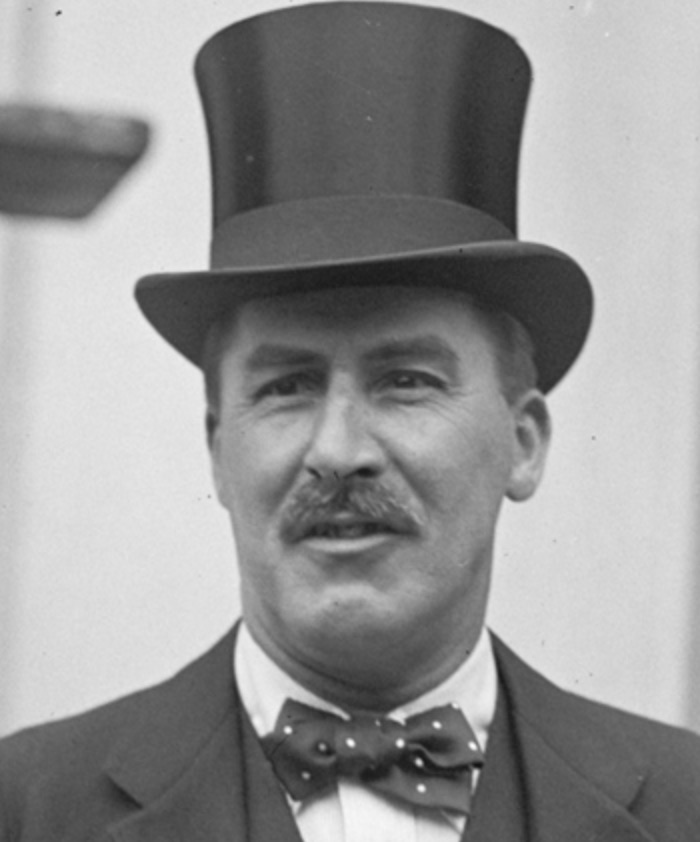
Howard Carter was born on May 9, 1874 in Kensington, London, UK. into a family of eleven children of which he was the youngest. After three of his siblings had died, Howard’s father had relocated in London, leaving Howard in the care of relatives and ultimately a nurse in Swaffham. Consequently, Howard had a limited formal education although during his early years of schooling, had shown a flair for artistic creation.
On a visit to the Didlington Hall, a grand 17th century Amherst mansion that housed many artifacts from the ancient world, Howard’s interest was captured by the elaborate array of ancient Egyptian antiques. Impressed by his interest and his artistic skills, Lady Amherst arranged for Howard to assist Percy Newberry, a family friend, in his visit to Beni Hasan, Egypt where Newberry would be involved in the excavations of the tombs of the Middle Kingdom. In 1891 at the age of 17, Howard Carter traveled to Amarna, Egypt where pharaoh Akhenaten, who reigned between 1351 and 1334 BCE, had established his capital. During his year of internship with Egyptologist Sir Flinders Petrie, Howard developed special techniques for replicating and classifying the decorations on the Egyptian tombs. (Although photography had been developed in the mid 19-th century, the standard technique for recording the visuals on tombs was by sketching.)
Following his year with Sir Flinders Petrie, Carter applied his skills to recording the decorations on the tomb of Hatshepsut (1479 BCE – 1458 BCE) and this engaged him between 1894 and 1899, until he moved to Luxor where he was appointed Inspector of Monuments for Upper Egypt. In that role, he supervised the excavations at Thebes. In 1902, Howard Carter began exploring the Valley of the Kings, when he discovered a hidden stone staircase that led to what turned out to be the final home of pharaoh Thutmose IV. A conflict that arose between local people involved in stealing artifacts from the tombs and the Egyptian guards of the excavation site, ended in Carter’s return to Luxor where he survived without formal employment, by selling his paintings to tourists and by selling his services as a draughtsman.
In 1907, Carter was employed by Lord Carnarvon to supervise excavations near Thebes and later in the Valley of the Kings. In 1917, after a brief interruption in activity during World War I, the work resumed, but by 1922, very little had been discovered and Lord Carnarvon was about ready to give up the search. Then, on November 4, 1922 one of the boys carrying water to the excavation site stumbled on a stone that was the top of a flight of stairs. By the end of November, the excavation team had uncovered the tomb of Tutankhamun. This discovery is considered to be one of the most important archaeological events of the 20th century.
During the next 10 years, Carter continued to classify and catalogue thousands of artifacts extracted from the tomb for display in the Egyptian Museum in Cairo, completing the work in 1932. He then retired to writing about what he found in the Tomb of Tutankhamun, giving lectures on his discovery and conferring with museums. On March 2, 1939, at the age of 64, Howard Carter died of Hodgkin’s disease. During the probate of Carter’s will, it was discovered that he had appropriated 18 items from Tutankhamun’s tomb without permission from the Egyptian authorities. Most of these items were eventually returned to the Egyptian Museum. Although Carter received no official honour from the British government, there is a blue plaque, with his name and discovery adorning a home in London where he had lived.
